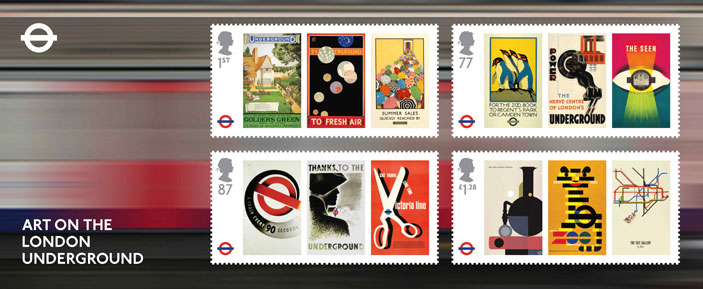Lecturer lifts the lid on 10 little-known facts about London Underground
Posted Thursday 10 January 2013
Dr David Lawrence, an architectural historian and principal lecturer at London's Kingston University, has been opening commuters' eyes to the unique history of the capital's 150-year old tube network. Here are his top 10 favourite facts:
- Until the 1960s, each new development of the London Underground map meant a new diagram had to be entirely drawn and lettered by hand as an artwork 10 times the size of the pocket map.
- Building the east end of the original Metropolitan Line revealed the course of London's secret lost Fleet River.
- North End station, near Hampstead, was built at platform level but never opened because it became a protected area.
- London is one of the only world metro systems with a cable car route that crosses the Thames from the Greenwich Peninsula to the Royal Docks. It opened in June 2012.
- Lost tunnels in north and south London were used to house Afro Caribbean migrants in the 1950s, and troops who might need to respond to civil riots in the 1960s.
- Many treasures from London's art galleries were stored in secret tube tunnels during World War II.
- A team of railway enthusiasts spent 26 years researching six miles of vintage wall tiling on 94 station platforms for a book.
- The extension of the tube to become the London Overground revealed the lost Holywell Augustinian Priory at Shoreditch, once one of the richest nunneries in England.
- The round blue and red logo is the oldest corporate brand of modern times and has inspired similar designs around world.
- Read more about the London Underground 150th anniversary.
- Find out more about studying architecture at Kingston University.

